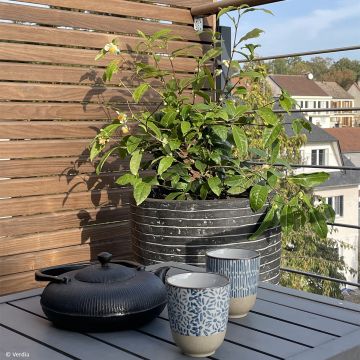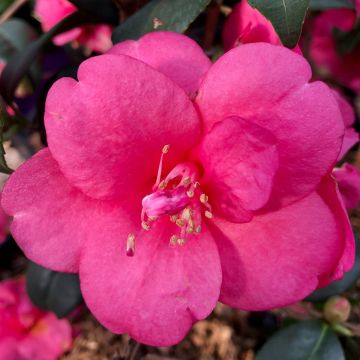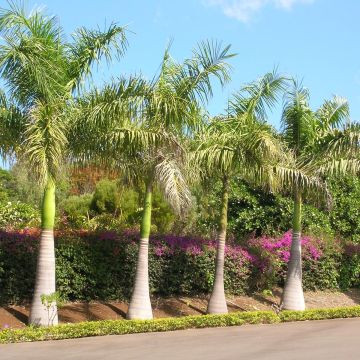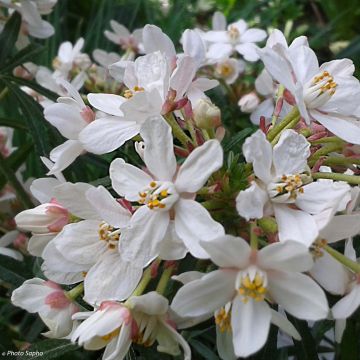

Camellia sinensis - Théier
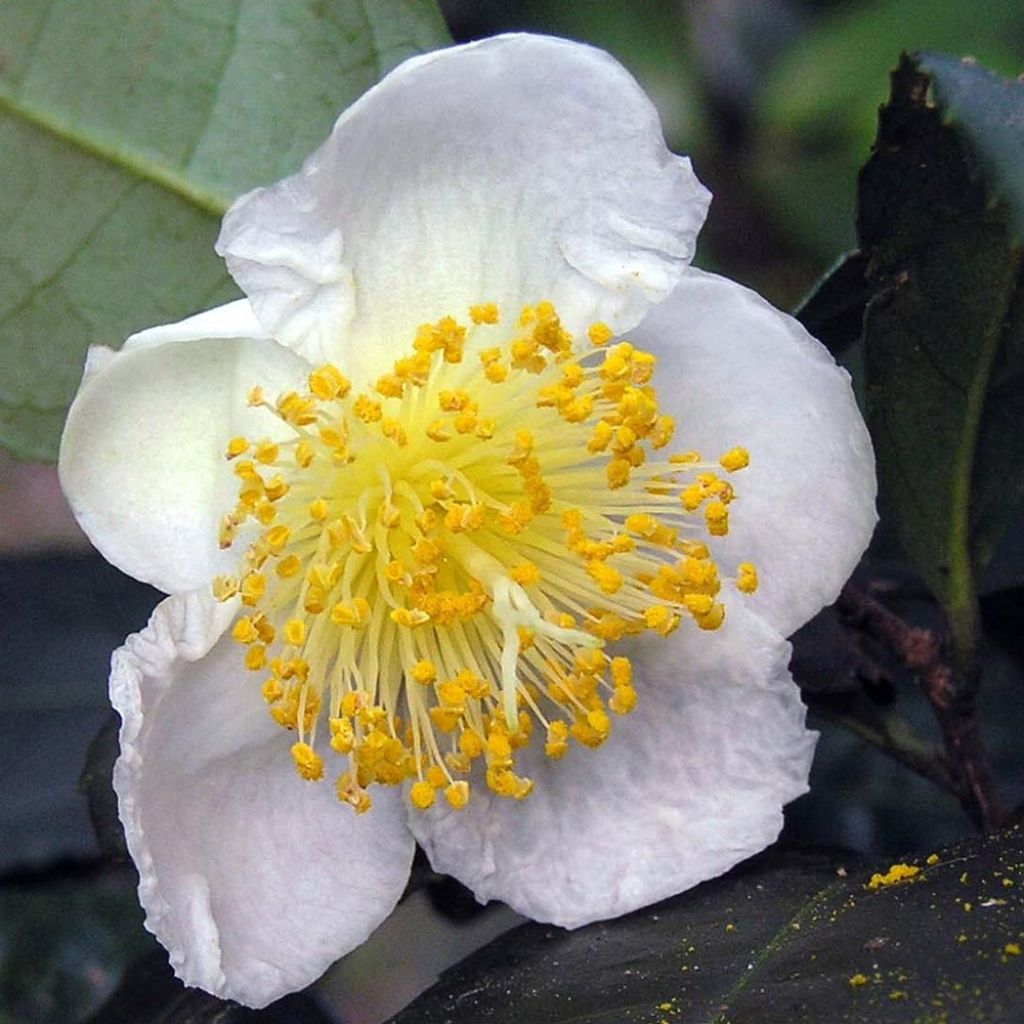

Camellia sinensis - Théier
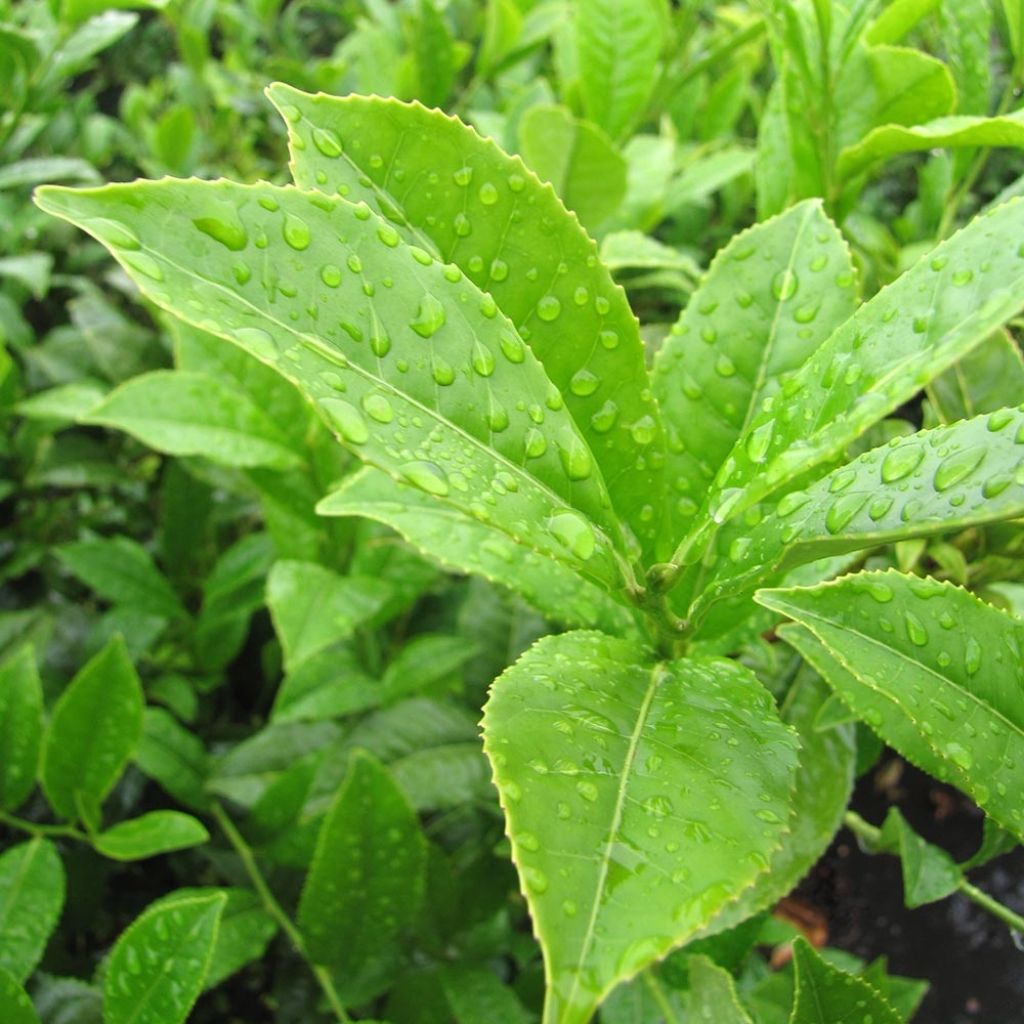

Camellia sinensis - Théier
Camellia sinensis Bob Hope
Camellia sinensis
Tea Plant
Very beautiful plant arrived on time. The camellia is in great shape with beautiful leaves, some blooming flowers, and buds to come... It was a gift, and it was greatly appreciated! The only downside was that the delivery driver didn't read the instructions written on the box and held it upside down...
Anne-Lise, 03/10/2024
This item cannot be shipped to the selected country
Delivery charge from €5.90
More information
Schedule delivery date,
and select date in basket
This plant carries a 24 months recovery warranty
More information
We guarantee the quality of our plants for a full growing cycle, and will replace at our expense any plant that fails to recover under normal climatic and planting conditions.
From €5.90 for pickup delivery and €6.90 for home delivery
Express home delivery from €8.90.
Does this plant fit my garden?
Set up your Plantfit profile →
Description
Camellia sinensis, better known as Tea Plant or simply Tea, is a bush or small iconic tree, closely related to horticultural camellias and the origin of all the teas in the world. It has a bushy habit and bears thin, dentate leaves of a shiny dark green that persist throughout the year. Its simple and modestflowers, white with a yellow stamen centre, bloom twice a year, in October and June. With extraordinary longevity, this is a semi-hardy ericaceous plant and thrives in a mild and humid coastal climate. Rustic and discreetly exotic, it is perfect as a solitary plant in the garden or a container, or in a flowering hedge.
Camellia sinensis belongs to the family of Theaceae, of which it is the flagship. Originating from southern China, it is widely cultivated for its foliage which is highly aromatic after fermentation, in mountainous areas of tropical Asia, Japan, and other parts of the world with a mild and humid climate. This plant forms an erect and bushy shrub with rather slow growth, reaching over 10m (33 ft) in its natural habitat, but rarely exceeding 2.50m (8 ft) in European climates. Flowering occurs twice a year, when not pruned. The flowers, 2.5 to 4 cm (1 to 1.6 in) in diameter, are simple, composed of 5 green and persistent sepals, and 5 to 8 pale yellow to white petals surrounding a centre of yellow stamens. They can be solitary or in groups of 3 or 4. The dense and evergreen foliage is composed of small leaves, 4 to 8 cm (1.5 to 3 in) long and 2.5 to 5 cm (1 to 2 in) wide, ovate, dentate, and shiny. Flowering is followed by the formation of loculicidal capsules measuring between 1.5 and 3 cm (0.6 and 1.2 in) in diameter.
The different teas are obtained through specific treatments of the leaves of Camellia sinensis (green tea, white tea, black tea, smoked tea etc)
A hardy shrub in its natural environment - at high altitudes where temperatures can go below zero - Camellia sinensis is a robust plant capable of withstanding temperatures as low as -12°C (10.4 °F) for a short period. It is important to keep in mind that its preferred climate is temperate and oceanic, therefore rather mild, fairly humid, cloudy, and with small temperature variations between seasons. Where such conditions do not exist it should be placed in a sheltered position during winter and protected from scorching sun in summer. The tea plant suits all styles of garden, whether cottage, Japanese, or wild, as long as the soil is acidic. Planted in an informal hedge, alongside rhododendrons or andromedas, this shrub will add volume and its beautiful evergreen foliage will provide a screen throughout the year. When planted alone, Camellia sinensis will benefit from being surrounded by flowering perennials such as heathers, marsh marigolds, Japanese lilies, or lithodoras which bloom before or after it, to always have a colourful scene. Cultivation in a pot is entirely possible on a terrace or sheltered balcony. In winter it is necessary to protect the plant and the pot from severe frosts and icy winds.
Report an error about the product description
Camellia sinensis Bob Hope in pictures


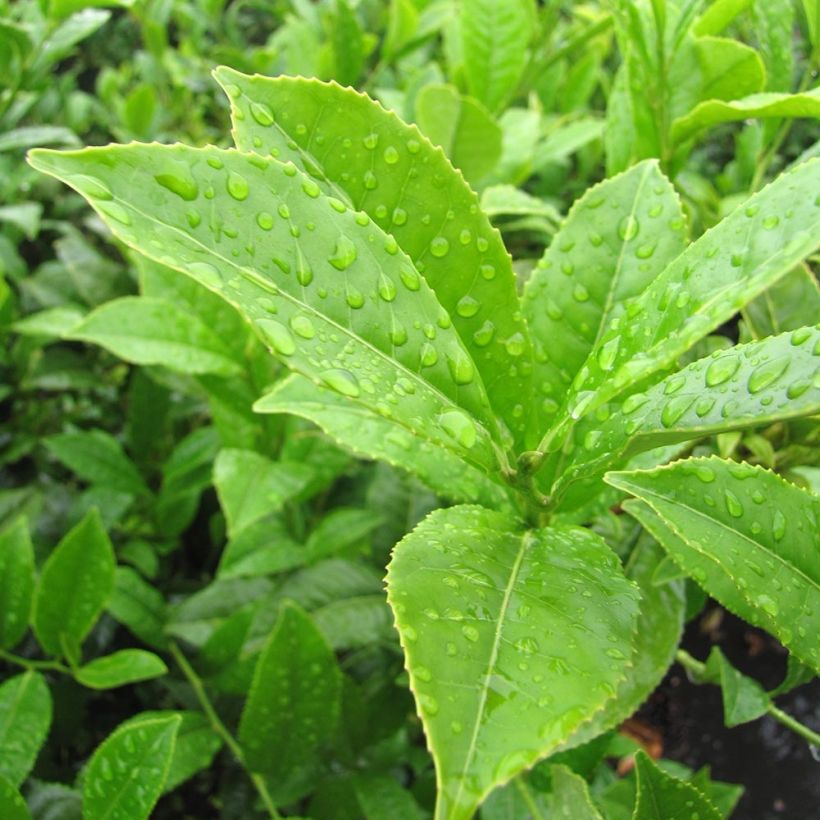

Plant habit
Flowering
Foliage
Botanical data
Camellia
sinensis
Theaceae
Tea Plant
Cultivar or hybrid
Other Traditional Camellia
Planting and care
Camellia sinensis is hardy down to approximately -12°C (10.4 °F). It is a perfect bush in a coastal, mild and humid climate. The greater the temperature variations (e.g. in continental or mountain climates), the more the bush suffers, and the less it thrives.
Preferably plant it in March-April. It prefers a non-calcareous soil rich in organic matter. That said it is less sensitive than other species in this regard; a slightly acidic forest soil or a well-drained clay-siliceous soil enriched with humus will be perfect. In a pot, use a mixture of ericaceous soil, leaf mulch, and garden soil if it is not too chalky. Add a drainage layer at the bottom of the container. The substrate should be loose, light and well-draining, to allow water passage and root aeration. Clayey, heavy, compact soils should be avoided.
Place the camellia in a sunny but non-scorching site; it needs brightness but will not tolerate too hot a southerly exposure in summer. Be careful to protect it from prevailing winds by planting it near a wall, otherwise it could lose some of its blooms. Do not bury the root ball too deeply, cover it with just 2 or 3 cm (1.2 in) of soil to prevent it drying out. Water abundantly, then cover the soil with a bark mulch.
Before the arrival of winter, protect the roots that mostly develop on the surface by covering the base with a thick layer of mixed dry leaves and sand, or any other insulating material (pine bark, flax or hemp flakes, etc.). In case of snowfall, take the time to remove snow by shaking the bush, as it could burn the foliage and weaken the bush. It is not essential to prune this camellia; indeed very beautiful and poetic forms are obtained without it.
Planting period
Intended location
Care
-
, onOrder confirmed
Reply from on Promesse de fleurs
Evergreen shrubs
Haven't found what you were looking for?
Hardiness is the lowest winter temperature a plant can endure without suffering serious damage or even dying. However, hardiness is affected by location (a sheltered area, such as a patio), protection (winter cover) and soil type (hardiness is improved by well-drained soil).

Photo Sharing Terms & Conditions
In order to encourage gardeners to interact and share their experiences, Promesse de fleurs offers various media enabling content to be uploaded onto its Site - in particular via the ‘Photo sharing’ module.
The User agrees to refrain from:
- Posting any content that is illegal, prejudicial, insulting, racist, inciteful to hatred, revisionist, contrary to public decency, that infringes on privacy or on the privacy rights of third parties, in particular the publicity rights of persons and goods, intellectual property rights, or the right to privacy.
- Submitting content on behalf of a third party;
- Impersonate the identity of a third party and/or publish any personal information about a third party;
In general, the User undertakes to refrain from any unethical behaviour.
All Content (in particular text, comments, files, images, photos, videos, creative works, etc.), which may be subject to property or intellectual property rights, image or other private rights, shall remain the property of the User, subject to the limited rights granted by the terms of the licence granted by Promesse de fleurs as stated below. Users are at liberty to publish or not to publish such Content on the Site, notably via the ‘Photo Sharing’ facility, and accept that this Content shall be made public and freely accessible, notably on the Internet.
Users further acknowledge, undertake to have ,and guarantee that they hold all necessary rights and permissions to publish such material on the Site, in particular with regard to the legislation in force pertaining to any privacy, property, intellectual property, image, or contractual rights, or rights of any other nature. By publishing such Content on the Site, Users acknowledge accepting full liability as publishers of the Content within the meaning of the law, and grant Promesse de fleurs, free of charge, an inclusive, worldwide licence for the said Content for the entire duration of its publication, including all reproduction, representation, up/downloading, displaying, performing, transmission, and storage rights.
Users also grant permission for their name to be linked to the Content and accept that this link may not always be made available.
By engaging in posting material, Users consent to their Content becoming automatically accessible on the Internet, in particular on other sites and/or blogs and/or web pages of the Promesse de fleurs site, including in particular social pages and the Promesse de fleurs catalogue.
Users may secure the removal of entrusted content free of charge by issuing a simple request via our contact form.
The flowering period indicated on our website applies to countries and regions located in USDA zone 8 (France, the United Kingdom, Ireland, the Netherlands, etc.)
It will vary according to where you live:
- In zones 9 to 10 (Italy, Spain, Greece, etc.), flowering will occur about 2 to 4 weeks earlier.
- In zones 6 to 7 (Germany, Poland, Slovenia, and lower mountainous regions), flowering will be delayed by 2 to 3 weeks.
- In zone 5 (Central Europe, Scandinavia), blooming will be delayed by 3 to 5 weeks.
In temperate climates, pruning of spring-flowering shrubs (forsythia, spireas, etc.) should be done just after flowering.
Pruning of summer-flowering shrubs (Indian Lilac, Perovskia, etc.) can be done in winter or spring.
In cold regions as well as with frost-sensitive plants, avoid pruning too early when severe frosts may still occur.
The planting period indicated on our website applies to countries and regions located in USDA zone 8 (France, United Kingdom, Ireland, Netherlands).
It will vary according to where you live:
- In Mediterranean zones (Marseille, Madrid, Milan, etc.), autumn and winter are the best planting periods.
- In continental zones (Strasbourg, Munich, Vienna, etc.), delay planting by 2 to 3 weeks in spring and bring it forward by 2 to 4 weeks in autumn.
- In mountainous regions (the Alps, Pyrenees, Carpathians, etc.), it is best to plant in late spring (May-June) or late summer (August-September).
The harvesting period indicated on our website applies to countries and regions in USDA zone 8 (France, England, Ireland, the Netherlands).
In colder areas (Scandinavia, Poland, Austria...) fruit and vegetable harvests are likely to be delayed by 3-4 weeks.
In warmer areas (Italy, Spain, Greece, etc.), harvesting will probably take place earlier, depending on weather conditions.
The sowing periods indicated on our website apply to countries and regions within USDA Zone 8 (France, UK, Ireland, Netherlands).
In colder areas (Scandinavia, Poland, Austria...), delay any outdoor sowing by 3-4 weeks, or sow under glass.
In warmer climes (Italy, Spain, Greece, etc.), bring outdoor sowing forward by a few weeks.








































